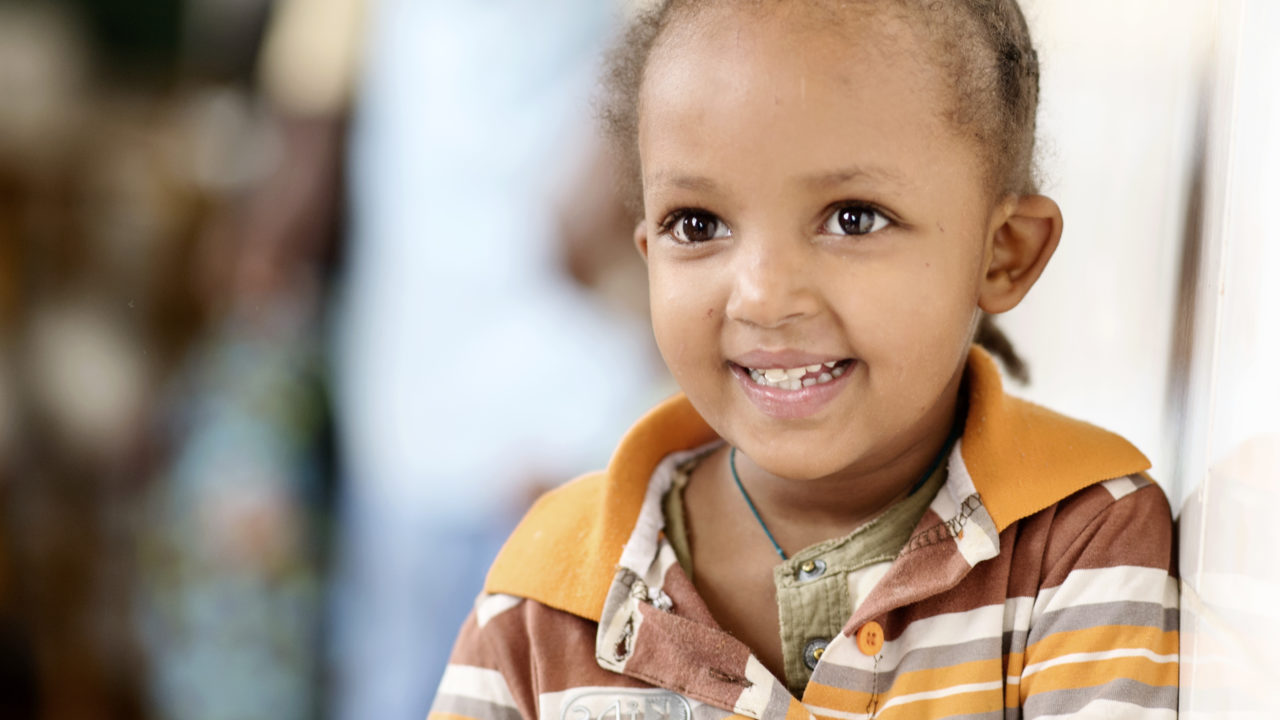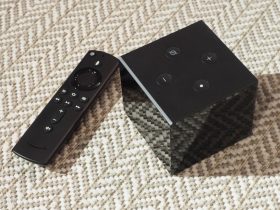No products in the cart.

Any mother or father, on some occasion, the baby can be awakened by putting it in the crib. But, what we mean here is that the situation has already become exaggerated. And it is that the Syndrome of the cradle with spikes can become exasperating after a lot of unsuccessful attempts to leave the little one in the crib without result.
What is the solution to the problem?
Well, it seems that with each baby, something different works.
This happened to my son Yago from one day to the next, when he was two months old. And after trying a thousand methods that they recommended on the Internet, and in
Some books specialized in children’s sleep, and only one thing worked for us: putting a reducer inside the crib, with a roll around it.
In our case, we bought the Sleepyhead reducer. It cost us about 100 euros. But, we have more than paid for it. At 18 months, my son sometimes continues to use it. However, we left it open, as it appears in the photo, because otherwise, long, it would no longer be.
When we don’t put it on, he wakes up more often. Although, I have to admit that we are almost always co-sleep. Iago usually sleeps in the crib attached to our bed, the first part of the night. We take the opportunity to have dinner and do pending things. And now, when we go to bed, the little one usually wakes up and sleeps in bed with us because he no longer wants the crib.
Spiked cradle syndrome
This reducer, Sleepyhead, has always been very useful to us. Above all, for those hours when Yago sleeps in his crib.
It consists of a cardboard base, a small mattress, a roll, and a cover. The latter integrates everything else, turning it into a single piece. Thus, there is no problem that the baby, when moving, can throw it over.
In the neonatal wards of some hospitals, they also do something similar. They roll a towel or a sheet into a roll, and it does the same effect. By noticing the contact, babies feel more protected, and it works. It seems to be that it also reminds them of the moment they were inside the mother’s womb.
The only drawback that I see him rolling up a towel or blanket is that our son can unroll it and throw it over him. Especially if it is a restless baby like mine, for this reason, I like the reducer better because it’s all in one piece.
If you are going through this “little problem,” and the reducer does not work with your baby, you can also try other alternatives, which may be useful in this case, or at least, make the situation more bearable.
Other alternatives
Practice co-sleeping:Sleeping next to your baby, in the same bed or a crib attached to it, makes him feel protected. However, it would help if you did it correctly. Here I leave you a complete link to “Babies and more” so that you can practice co-sleeping without risks. We have done it almost every day since Yago was born. In short, I will tell you about our nocturnal adventures, because they give to write a book.
Include a mother's garment in the crib:It helps many babies to sleep because they can smell Mom nearby. We tried this with Yago, and, at first, he helped us. But then it stopped working overnight. As soon as he woke up, he realized that Mom was gone, and she would start crying.
I did not use a garment of mine, but a sheet from Iago, which was the same one on which I learned to breastfeed. Someday I will tell you about how disastrous my breastfeeding was. But, let me tell you, she could only breastfeed Iago lying down.
Regarding the sheet I was talking about, it had my scent and Iago’s, and it was the one I put in his crib.
How many times have you heard that it seems that his crib has spikes? Or maybe you have suffered it yourself with your children. Why do some children sleep peacefully in their crib while others, trying to put them down, wake up as if the crib burned them or had sharp spikes? Is there a trick to get babies to sleep in their crib?
Understanding the dream of babies
Babies already sleep inside their mother’s gut, and newborns have a very similar sleep pattern to what they did in pregnancy. However, his dream is very different from ours.
Sleep is divided into cycles, and each cycle turns into several phases. Newborns predominantly have two phases of sleep: active (shallow) and quiet (deep). There is a third phase of indeterminate sleep. Like us, the different phases of sleep alternate. Their cycles are shorter and last about 60 minutes (compared to 90 minutes for adults). Newborns sleep many hours a day, but they do not do it all at once, but they wake up every 2-4 hours, among other things, to feed themselves (a newborn takes between 8 and 12 feedings a day).
They do not distinguish day from night; they have a sleep rhythm called ultradian.
When a baby falls asleep, they do so in the active sleep phase. In this period, there may be eye movements, grimaces and even small movements of the arms and legs, or they emit moans; breathing in this phase is irregular. Sometimes we worry because they seem to be restless, even awake, but it is normal. About 30 minutes later, the phase of quiet sleep (deep sleep) begins. Here, the baby is completely relaxed and breathes softly and deeply; he makes no sound and no movements. This sleep phase lasts another 30-40 minutes.
The baby alternates between these sleep cycles until she wakes up. Sometimes she is not able to link the different cycles and wakes up earlier. It is also frequent that babies who slept acceptably in the first months begin to wake up more around 6 months; These happen because they incorporate new phases of sleep. And although for many parents it can be exasperating, it is normal for children to have nocturnal awakenings up to 2-3 years of age. But there will come a day when they will fall asleep …
What’s your reaction?
Love0
Sad0
Happy0
Sleepy0
Angry0
Dead0
Wink0










